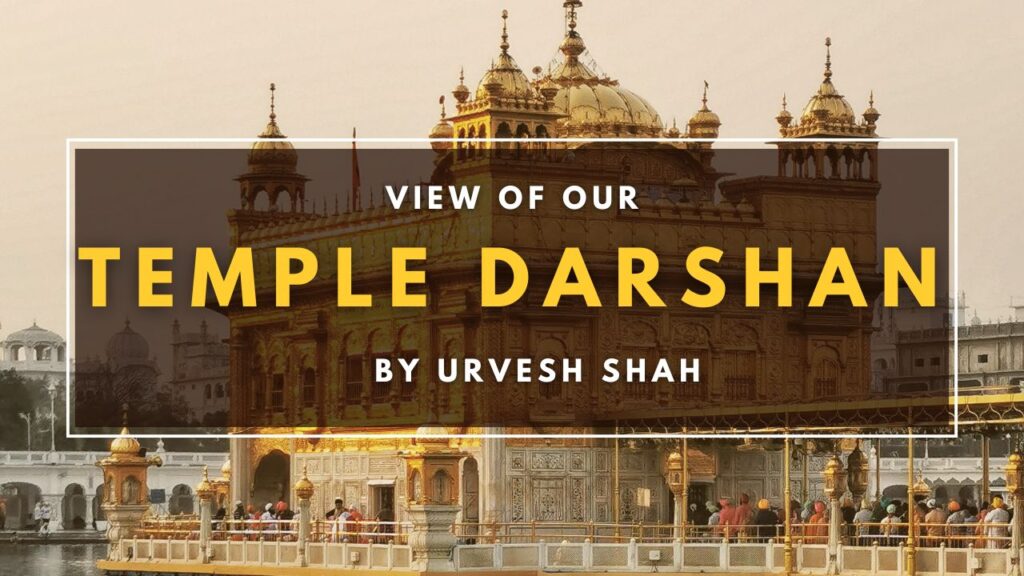The 12 Jyotirlingas of Lord Shiva in Bharat

Jyotirlingas in West Bharat:
Shri Somnath Jyotirlinga:
Location: Prabhas Patan near Veraval, Saurashtra, Gujarat
Significance: Known as the “Eternal Shrine,” Somnath is believed to be the first among the twelve Jyotirlingas. It holds a significant place in Hindu mythology and history, symbolizing resilience and devotion.
Shri Nageshwar Jyotirlinga:
Location: Near Dwarka, Gujarat
Significance: Nageshwar Jyotirlinga represents protection from all types of poison. It is said to be the place where Lord Shiva manifested to protect his devotees from negative energies.
Jyotirlingas in South Bharat:
Mallikarjuna Jyotirlinga:
Location: Srisailam, Andhra Pradesh
Significance: This temple is situated on the Nallamala Hills and is known for its architectural beauty and spiritual ambiance. It signifies the union of Shiva and Parvati.
Ramanathaswamy Jyotirlinga:
Location: Rameswaram, Tamil Nadu
Significance: Located on the Rameswaram island, it is closely associated with Lord Rama. It is believed that Rama prayed to Shiva here to absolve his sins after the battle with Ravana.
Jyotirlingas in Madhya Bharat:
Mahakaleshwar Jyotirlinga:
Location: Ujjain, Madhya Pradesh
Significance: Mahakaleshwar is known for its unique ritual of Bhasma Aarti. It is believed to be a powerful Jyotirlinga that bestows protection from untimely death.
Omkareshwar Jyotirlinga: Location: Mandhata Island on the Narmada River, Madhya Pradesh
Significance: The temple is shaped like the Om symbol and is one of the most revered pilgrimage sites. It represents the essence of the universe.
Jyotirlingas in North Bharat:
Kashi Vishwanath Jyotirlinga:
Location: Varanasi, Uttar Pradesh
Significance: Situated in the holy city of Varanasi, Kashi Vishwanath is believed to be the spiritual capital of India. The temple stands on the banks of the Ganges, symbolizing liberation and eternal peace.
Kedarnath Jyotirlinga:
Location: Kedarnath, Uttarakhand
Significance: Situated in the Himalayas, Kedarnath is accessible only during specific times of the year due to extreme weather. It is a crucial part of the Char Dham pilgrimage.
Other Jyotirlingas Across India:
Bhimashankar Jyotirlinga:
Location: Pune, Maharashtra
Significance: This temple is located in the Sahyadri hills and is surrounded by lush greenery. It represents Shiva’s form as Bhimashankar, the destroyer of evil.
Trimbakeshwar Jyotirlinga:
Location: Trimbak, near Nashik, Maharashtra
Significance: Known for its three-faced linga embodying Brahma, Vishnu, and Shiva. It is also the origin of the Godavari River.
Grishneshwar Jyotirlinga:
Location: Ellora, near Aurangabad, Maharashtra
Significance: The temple is near the famous Ellora Caves and symbolizes the last of the twelve Jyotirlingas.
Vaidyanath Jyotirlinga:
Location: Deoghar, Jharkhand (also claimed by Parli, Maharashtra)
Significance: It is known as the place where Ravana worshipped Shiva to gain his powers. It symbolizes healing and well-being.
Conclusion
The 12 Jyotirlingas of Lord Shiva are not just temples but centers of profound spiritual energy and cultural heritage. Pilgrimages to these sacred sites offer devotees an opportunity to experience inner peace and connect with the divine. Each Jyotirlinga has its unique history, significance, and cultural importance, contributing to the rich tapestry of India’s spiritual landscape.














